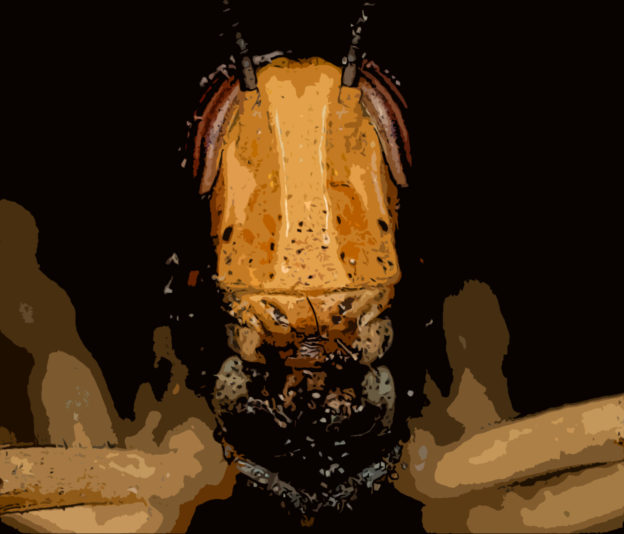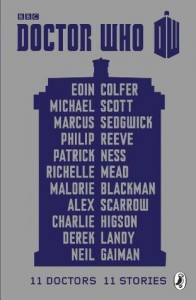These ravenous aliens are composite monstrosities of mutated insect spliced with the most dangerous features of predators from across a dozen worlds. Massive in scale compared to the common insects of Earth to which they appear most closely related—the common locust—they have the capacity to survive flight through the void of space and on reaching their destination do nothing to restrain their hunger.
They may have a connection to Sutekh, which could explain their first appearance on Earth in Egypt, around 1334 BC. That they exist at all—and what’s more persist—suggests some form of natural or regenerating source, for their defeat by Nefertiti and The Doctor in this first appearance, has not curtailed later reports. In many instances, whole colonies and small worlds have been laid waste, drowned beneath the voracious cloud of The Many.
The sheer numbers make their arrival all too obvious to those on the lookout; they extinguish the light of the sun in their multitude and fill the air with a disturbing murmur that sets teeth on edge and nerves on fire. When they strike, the tools of destruction at their disposal make light work of those ill-prepared to defend themselves—they possess iron-hard teeth and claws, energy-emitting spikes crown their heads, and they spit a highly potent contact poison.
However, as they draw strength in numbers, so too do they find challenge in it—for they swarm with a singular purpose and their base craving can excite near mania. A wily defender might find means to distract them this way or even rig some means to exploit their drive to act as one to expel or eradicate them.
The Many: Destructive Horns, Poisonous Drool, Relentless Hunger, Swarm Mentality
Based on: Details around the disappearance of Nefertiti from The Women Who Lived and referenced in Dinosaurs on a Spaceship.


